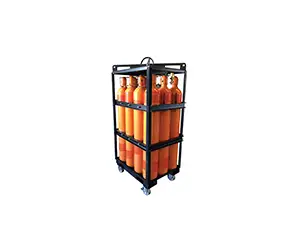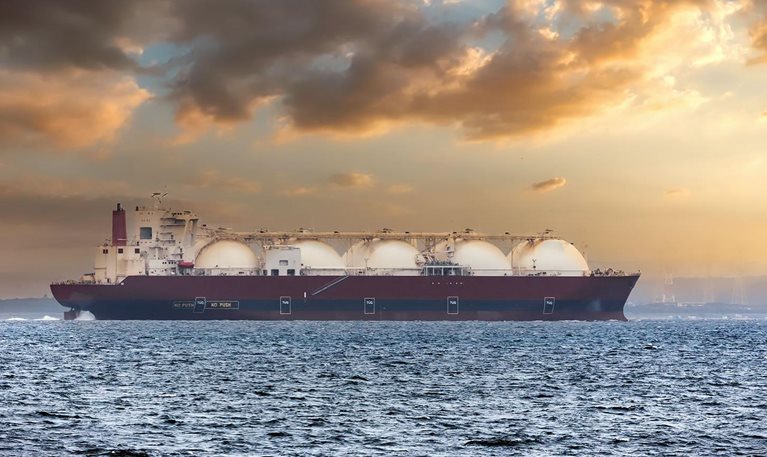COVID-19 caused unprecedented volatility in LNG markets, with spot prices hitting both record lows and highs. An analysis of last year’s data shows what the future may hold for the industry.
February 18, 20212020 was a record year for liquefied natural gas (LNG). The Covid-19 pandemic affected most major markets, with initial operational challenges at some regasification terminals and severe lockdowns initially affecting demand. Countries that were better able to contain the spread of the coronavirus saw faster recovery and, in some cases, stronger demand growth than last year. Spot LNG prices bottomed out in the summer, but then rebounded sharply at the end of the year, with spot prices peaking in the winter of 2020-2020. Overall, price and demand fluctuations led to significant declines and fluctuations in liquefaction plant utilization for most of the year.
McKinsey has developed two advanced analytics solutions to help monitor gas markets in real time. First, LNGFlow tracks global LNG fleet utilization and daily movements and monitors trade and supply and demand flows. Second, EUPipeFlow tracks the daily flow of natural gas in the EU pipeline system and provides analyzes of supply, demand and storage levels, enabling users to compare utilization at key infrastructure points.
After analyzing the data collected by these solutions, we identified key insights from the past year that will help explain the implications of the LNG market in 2021 and beyond.
Global volume of LNG
Despite Covid-19, global LNG deliveries continued to grow in 2020, albeit by only 2.5 million tonnes (MT) (+1%) to 358.9 tonnes compared to 356.4 tonnes delivered in 2019 (Figure 1). Increased demand came from China and India, which together imported nearly 10 additional tons (Figure 2). Other importing regions experienced net declines in LNG imports of approximately 7 tonnes in response to lower demand or higher prices later in the year.
Covid-19 has also caused unprecedented levels of supply disruption, with global gas prices falling to record lows. Some suppliers reduced supply in response to low spot prices or operational challenges. During the summer, many buyers and traders decided to cancel their supplies from the US because they could no longer be sold for a profit in the Asian or European cash markets. Nevertheless, despite the cancellation of shipments, the US was able to increase its annual production as new liquefaction facilities (such as Cameron and Freeport) were added through 2020.
Pricing
The average LNG price in Japan was $4.5/MMBtu, down 31% from $6.5/MMBtu in 2019 (Figure 3). As a result of the economic downturn and disruptions caused by COVID-19, LNG prices hit record lows, with some cargoes in Asia selling for less than $2/MMBtu in the summer. However, prices began to strengthen in the fourth quarter, rising a point to levels comparable to conventional oil-related contracts2 and finally closing at around $7/MMBtu for December delivery. Spot prices continued to rise in the new year, eventually reaching new highs in early 2021, with some cargoes selling near $40/MMBtu.
 Persian
Persian Englisg
Englisg Arabic
Arabic


















